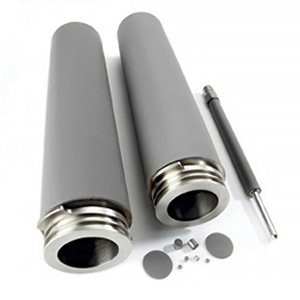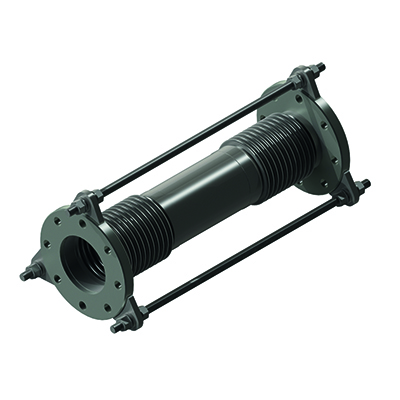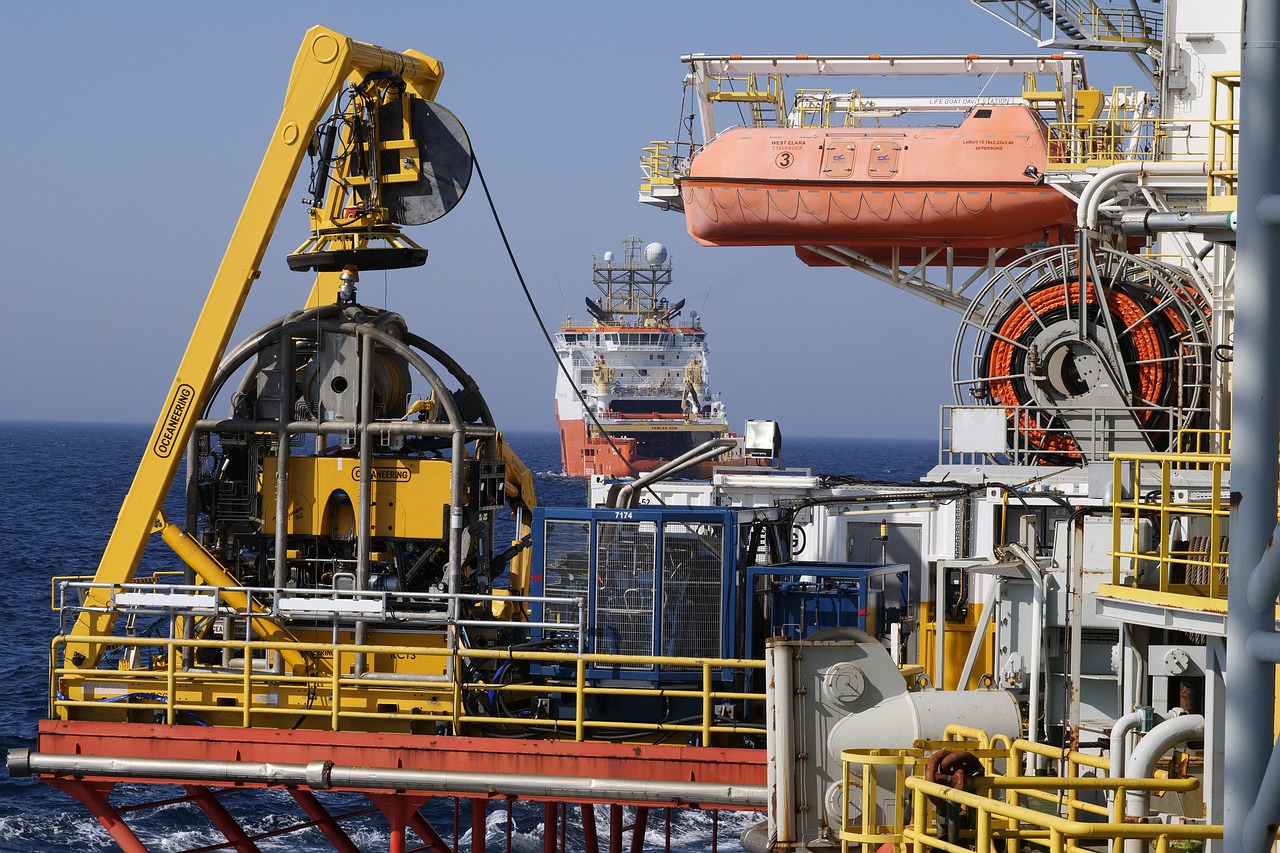
Capturing CO2 (Carbon Capture) in the race against climate change
In the race against climate change, capturing CO2, also known as Carbon Capture, is a serious topic. With this technique, CO2 is captured directly from the air or from gas streams, so that the amount of CO2 that ends up in the atmosphere can be greatly reduced. The captured CO2 can then be used in various processes, such as in greenhouses, be pumped into the ground or it can be stored as a solid under extremely cold temperatures.
From CO2 to hydrogen
Another common application is the capture of CO2 in the production of hydrogen. Most hydrogen is currently still produced on a natural gas basis, so-called grey hydrogen. By capturing the CO2 released during this process, blue hydrogen is produced, which has a significantly lower impact on the environment.
Protecting sensitive equipment
CO2 is usually captured by absorption or adsorption, whereby a liquid or granulate assimilates the CO2 and removes it from the process stream. Eventually this process saturates and the ad/absorbent must be renewed. For granulate, this is done by differences in pressure or temperature, as a result of which the CO2 is released in pure form. With liquids this is often done by a stripper. In the latter case, a lot of sensitive equipment is involved, such as pumps and heat exchangers. Filters are of great importance to properly protect this sensitive equipment, by fine filtration against particles or liquid/gas coalescers to remove liquid from gas streams. These types of filters are also used in absorption to protect the pumps in particular.
Use of old natural gas wells
When CO2 is introduced into the earth's layers, for example in old natural gas wells under the North Sea, it must be ensured that the quality of the CO2 is extremely pure in order to prevent damage and contamination of the earth's layers. This can be prevented with a special membrane filter, which can also remove very small particles from the CO2 stream. BETA industrie advises and provides all filters involved in the efficient and safe capture of CO2 from various sources.
Contact
More information about this industry and our advises? One of our specialists will be happy to advise you! Contact us by phone at: +31 79 341 55 18 or by e-mail at: info@beta-industrie.nl- Disclaimer
- Sitemap
- Links
- © BÈTA industrie 2025. Alle rechten voorbehouden.





